Geography
Phitsanulok province covers some 10,584.5 sq. km. The riverside provincial capital is 377 km. North of Bangkok. Phitsanulok is situated on the geographical and administrative line uniting the central and northern regions. Phitsanuloke, located in Central Northern Thailand is a modern city. Ideal as a stepping stone for the Northern visitors attractions including Sukothai.
Phitsanulok was the birthplace of King Naresuan the Great of Ayuthaya (reign : 1590 - 1605), and his brother Prince Ekathosarot. Phitsanulok has long been an important center for political and strategic reasons. Phitsanulok was a major center of recruitment when Ayuthaya waged war with Burma, and was the capital of Thailand for 25 years during the 1448-1488 reign of Ayuthaya’s King Boromtrailokanat.
The climate of Phitsanulok is generally hot and humid. It borders with Uttaradit in he North, Pichit in the south, Loei and Phetchabun in the East, Kamphaeng Phet and Sukhothai in the West. Covering an area of 10,815.8 sq.km., the province is divided into 9 Amphoes : Muang , Bang Rakam , Nakhon Thai , Phrom Priram , Wat Bot - BangKrathum , Chat Trakan , Noen MaPrang , Wang Thong
City Attraction
Wat Phra Si Rattana Mahathat his monastery commonly called by the inhabitants as "Wat Yai" is the most important monastery of Phitsanulok, the home of the famous Phra Buddha Chinnarat. It is located at the foot of Naresuan Bridge on the city side of the river.The monastery was built in the reign of Phra Maha Thamma Racha I (Phraya Lithai) In 1357 A.D. It houses the Phra Buddha Chinnarat regarded as the most beautiful Buddha image in Thailand. It is cast in the attitude of subduing evil. Later, in 1631, King Ekatosarot graciously bestowed some of his gold regalia to be beaten into gold - plate and applied them to the image worth his own hands, creating its most beautiful Buddha image. There are many other beautiful and noteworthy items in the monastery compound. The mother - of - pearl inlaid wooden doors of Vihara are especially splendid, and were built by King Boromkot in 1756 as a dedication to phra Buddha Chinarat. Behind the Vihara, there is a large Prang 36 meters high, with a staircase leading up to the niche containing the Buddha relics. In front of the Prang, there is Phra Attharos, and on the 9 room Vihara slope. There remains only the newly-renovated Buddha image.
Wat Ratchaburana nad Wat Nang Phya Is located on the eastern bank of the Nan river, near Wat Phra Si Rattana Mahathat to the south. These two monasteries, assumed to be built when Phitsanulok City was ruled by King Boromtrailokanat, have linking compounds. Wat Nang Phya has temple or bot but it is known for the so-called "Phra Nang Phya" votive tablets special fine form of the 3-head nagas decorated on their eaves.
King Naresuan the Great Shrine The shrine is located in the compound of the Phitsanulok Phittayakom school, and depicts the seated king ceremoniously declaring Ayuthaya's independence from Burma. The shrine was constructed on the site of the Channdra Palace where King Naresuan was born in 1555.
Bung Boraphet

Bung Boraphet is the largest freshwater swamp in Thailand. It has an area of around 212 square kilometers. It covers parts of Amphoe Muang, Amphoe Tha Tako and Amphoe Chum Saeng. In the past Bung Boraphet was called the northern sea or Chom Bung as there was an abundance of aquatic animals and plants. According to surveys, there are still some 148 species of animals and 44 species of plants here. Rare animals include white-eyed river-martin and tiger perch.
During November to March a large number of waterfowls migrate here. Some parts of the swamp have been declared the Bung Boraphet Non-Hunting Area under the care of the Wildlife Conservation Division. Bung Boraphet is also a fish breeding ground where the Department of Fisheries has set up the Bung Boraphet Fishery Development Station.
Getting There: Bung Boraphet can be reached by many ways.
By Boat
From the Nakhon Sawan Municipal Pier Market, go north along Nan River for about 6 kilometers to the mouth of Bung Boraphet that is called Khlong Nong Duk. Go under the train bridge into the swamp.
By CarBung Boraphet Fishery Development Station Take the Nakhon Sawan-Chum Saeng route (Highway No. 225) for about 9 kilometers, then turn right for 2 kilometers to Bung Boraphet Fishery Development Station. Inside is a crocodile breeding pond and a freshwater aquarium

. There are boats that you can charter on tours in the area at 400 baht per hour. The capacity is 15 persons per boat.
Bung Boraphet Non-Hunting Area or Waterfowls Park Take the Nakhon Sawan-Tha Tako route (Highway No. 3001) for about 20 kilometers and turn left for 4 kilometers to the park. The park has an exhibition in the form of a nature study center, a garden and accommodation. For more details, please contact the Bung Boraphet Non-Hunting Area or the Bung Boraphet Wildlife Conservation Promotion and Development Station, tel. (056) 227874. In addition, there are long-tail boats to take visitors around Bung Boraphet at 200 per boat.

 . There are boats that you can charter on tours in the area at 400 baht per hour. The capacity is 15 persons per boat.
. There are boats that you can charter on tours in the area at 400 baht per hour. The capacity is 15 persons per boat. . There are boats that you can charter on tours in the area at 400 baht per hour. The capacity is 15 persons per boat.
. There are boats that you can charter on tours in the area at 400 baht per hour. The capacity is 15 persons per boat.



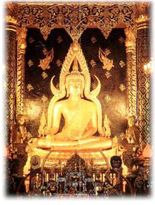
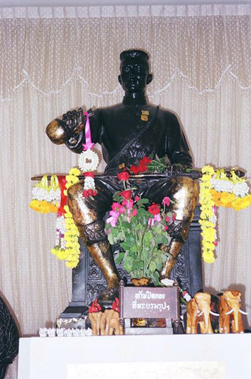
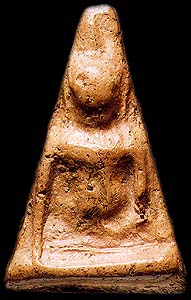
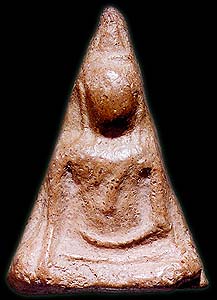
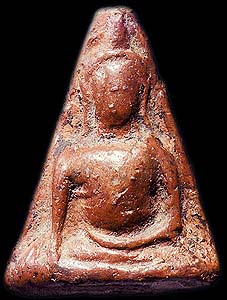
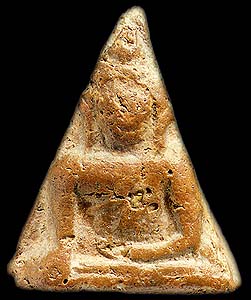
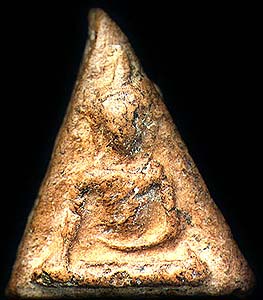
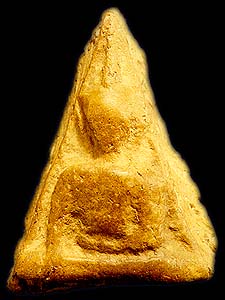
No comments:
Post a Comment